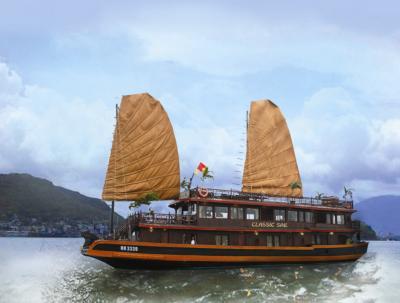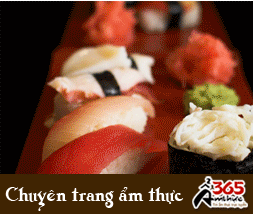 | At Mekostem stem cell bank. |
Stem cells are providing people with a greater chance to have their diseases treated and now the establishment of a stem cell bank in HCM City has narrowed the odds.But the service is only available to the rich and there are doubts in at least one mind that Viet Nam is significantly advanced in the process to make it worthwhile. Stem cells offer the possibility of a renewable source of replacement cells and tissues to treat a myriad of diseases, conditions and disabilities, including Parkinson and Alzheimer diseases, spinal cord injury, heart disease, diabetes, osteoarthritis and rheumatoid arthritis. The stem cell bank, MekoStem, offers services of cell collection, analysis and separation. Preservation of stem cells obtained from umbilical cord blood and membrane is also included in its operation. “There have been thousands of cases in the world in which patients’ lives were saved thanks to umbilical cord blood transplantation,” said Le Van Dong, deputy head of the Immunology Department of the Military Medical Institute, who is also in charge of technique department of the bank. Stem cells have the remarkable potential to develop into many different cell types in the body, serving as a sort of a repair system. “The preservation of stem cell, thus, is considered as a form of biological insurance,” Dong said. Stem cells technology has been researched in Viet Nam since the beginning of 1990s, and the first case of marrow transplantation took place in HCM City in 1995. Since then, there have been 69 patients treated with stem cell transplantation.
Stem cell research and application in Viet Nam has included blood stem cell taken from bone marrow, umbilical cord blood, umbilical membrane and stem cells taken from rat’s testicles and embryos.
Stem cell research worldwide has been going on since the early 1900s, and the first bone marrow transplant between two siblings successfully treated severe combined immunodeficiency in 1968. Stem cells from umbilical cord blood are known to treat more than 40 diseases and have been used in more 8,000 transplants worldwide. |
Stem cells can also be used for other members of the family, even another patient without relative relations if they have suitable indicators. Pham Manh Hung, co-founder of MekoStem, said taking stem cells from umbilical cords was quite legal since the umbilical cord has until now been considered as medical waste. With such advanced steps in stem cell applications, patients with serious diseases won’t have to travel abroad, Dong said. The newly founded VND10 billion (US$570,000) bank has Mekophar Pharmaceutical-Chemical Joint Stock Company as major shareholder, with financial assistance from the Ministry of Science and Technology. The bank applies the stem cell isolation technology of the Singaporean Cell Research Corporation for the treatment of serious diseases and disorders. The bank will receive umbilical cords from two types of subjects: mothers who donate the umbilical cords to a public bank and parents who want to preserve their children’ umbilical cord separate from others. The cost for preservation of a child’s umbilical cord is US$1,900 for the first year and $150 a year thereafter. The maximum time for the parents’ responsibility will be 18 years, after which the obligation passes to the child. To some, preservation is expensive, costing $5,000 over the 18 years. To Dong, however, it was “reasonable” compared to, say, the United States where fees were $2,100 for the first year and $125 a year thereafter. Dong said the service targeted people who had a full knowledge of the service and who had sufficient income. Up to now, there were 30 clients registered for umbilical cord preservation at the bank. In the street, however, the service was seen as out of the economic range of most people. “The cost is too high for us, $1,900 is not a small amount of money,” said Nguyen Lan Phuong, a resident of Le Trong Tan Street, adding that she thought only rich people could afford it. “Such a bank is of great necessity for Viet Nam and it would bring about more chance for children with serious diseases,” said another resident, whose son has leukaemia. However, like many other parents having children with such serious diseases, he shares their doubts over the success and effectiveness of the bank. The resident, who did not wish to be named, said preservation of stem cells was only the first step, but to save some patients by stem cell transplantation was a much more difficult mission. Having read and researched much about the issue, travelled abroad to talk to foreign doctors and attending many cancer conferences to find out ways to save his son, the man said he doubted Viet Nam’s ability in stem cell transplantation to save blood cancer patients. VietNamNet/VNS | 












